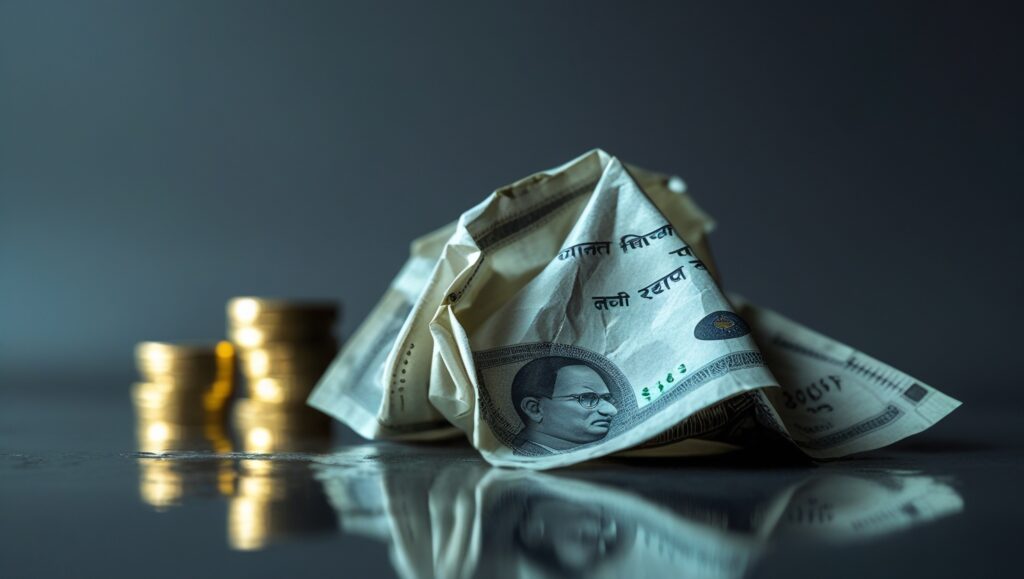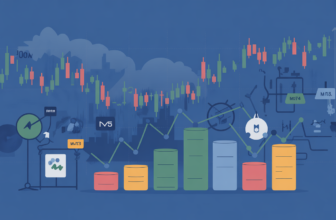
There’s something undeniably fascinating about the ebb and flow of India’s forex reserves. A figure that seems abstract at first glance—just numbers on a screen—yet it holds the power to shape currency strength, dictate global trade dynamics, and influence economic sentiment. As of today, the forex reserves of India hover at levels that have, for years, provided a cushion against external shocks. But is that cushion thick enough? And how does it ripple across the broader tapestry of global relations?
Initially, I approached this topic expecting a straightforward cause-and-effect narrative. But as I delved deeper, the intricate interplay between reserves, the rupee, and international diplomacy became impossible to ignore. Let’s unpack that.
India’s Forex Reserves: Impact on Rupee & Global Trade Relations | |
|---|---|
$650B Current Reserves #5 Global Ranking 91% Growth Since 2015 | |
| Reserves Composition | |
| Breakdown | Foreign Currency Assets: $570B 88% Gold Reserves: $47B 7% SDRs: $18B 3% IMF Reserve: $5B 1% |
| Impact on Rupee Stability | |
| Currency Defense |
|
| Historical Growth | 2015 $350B 2017 $400B 2020 $500B 2023 $600B 2025 (Est.) $670B 91% growth in 10 years |
| Global Trade Relations | |
| Trade Leverage | High forex reserves grant India enhanced bargaining power in trade negotiations, flexibility in oil import strategies during price spikes, the ability to extend credit lines to neighboring nations, and strengthened regional alliances through demonstrated financial stability. |
| Strategic Benefits | During the 2022 oil crisis, India’s robust reserves enabled import source diversification without panic, while growing reserves support India’s emergence as an alternative manufacturing hub in global supply chains. |
| The $1 Trillion Goal | |
| Current Progress | Expert View: “$1 trillion reserve could serve as a strategic shield, not just an economic metric” – Radhika Rao, DBS Bank |
| Requirements |
|
India’s Forex Reserves Today: A Snapshot
At the time of writing, the current forex reserves of India stand at approximately $650 billion—a robust figure by any standard. This stash, composed primarily of foreign currencies, gold, Special Drawing Rights (SDRs), and the International Monetary Fund (IMF) reserve tranche, is among the largest globally.
Here’s a snapshot for context:
| Component | Value (Approx.) |
|---|---|
| Foreign Currency Assets (FCA) | $570 billion |
| Gold Reserves | $47 billion |
| SDRs | $18 billion |
| IMF Reserve Tranche | $5 billion |
| Total Forex Reserves | $650 billion |
(Note: Figures are illustrative based on recent data trends.)
India currently ranks 5th globally in forex reserves, behind heavyweights like China, Japan, Switzerland, and Russia. But while this ranking gives India a seat at the big table, the question remains—how does this stockpile influence the rupee and India’s place in global trade?
The Dance Between Forex Reserves and the Rupee
Here’s where the story gets interesting. A country’s forex reserves act as a buffer, a safety net that can be deployed to stabilize the domestic currency. In India’s case, when the rupee faces downward pressure—often due to global uncertainties, rising oil prices, or capital outflows—the Reserve Bank of India (RBI) steps in, selling dollars from its reserves to keep the rupee afloat.
But this isn’t just about numbers. This is about trust.
Dr. Pronab Sen, former Chief Statistician of India, once remarked, “Forex reserves are like insurance policies. The more turbulent the global environment, the more valuable they become.” Indeed, for investors, the size of India’s reserves signals resilience. A well-stocked reserve reassures markets that India can meet its external obligations without scrambling.
Over the past decade, the india forex reserves chart paints a steady upward trajectory—with only a few dips during global crises. Here’s a look:
| Year | Forex Reserves (USD Billion) |
|---|---|
| 2015 | 350 |
| 2017 | 400 |
| 2020 | 500 |
| 2023 | 600 |
| 2025 (Est.) | 670 |
This growth has helped anchor the rupee. Despite shocks like the pandemic or geopolitical tensions, the forex reserves india today play a pivotal role in preventing the rupee from free-falling, maintaining a relatively stable exchange rate.
Trade Relations: The Hidden Lever of Power
Reserves don’t just prop up currencies; they whisper influence across trade corridors.
Consider this: countries with higher forex reserves often enjoy greater bargaining power in trade negotiations. They’re seen as economically stable, capable of honoring international commitments even during downturns. For India, this matters—immensely.
India’s energy dependency—particularly its reliance on oil imports—has always been a point of vulnerability. When reserves are high, India can negotiate better oil contracts, pay in rupees, or even extend credit lines to neighboring nations, bolstering regional alliances.
An anecdote comes to mind from 2022, when global oil prices soared. While many emerging economies scrambled to secure supplies, India’s comfortable reserves allowed it to diversify import sources without panicking. That kind of flexibility? It’s priceless.
Eyeing the $1 Trillion Mark: Ambition or Necessity?
There’s been chatter—sometimes optimistic, sometimes skeptical—about India’s forex reserves hitting $1 trillion. Would this be a vanity milestone, or is there a method behind the madness?

Economist Radhika Rao from DBS Bank suggests, “In an increasingly volatile world, a $1 trillion reserve could serve as a strategic shield, not just an economic metric.” The rationale? As India’s global trade footprint expands, so does its need for a deeper war chest.
With rising geopolitical tensions and the fragmentation of global supply chains, India’s role as an alternative manufacturing hub is growing. This requires a solid financial backbone to cushion against sudden capital outflows or trade disruptions.
Still, reaching india forex reserves $1 trillion won’t happen overnight. It demands sustained current account surpluses, steady foreign investments, and a cautious RBI.
Composition Matters: Not All Reserves Are Equal
Another layer to this story is the india forex reserves composition. It’s not just about the size of the reserves but their makeup. A disproportionate tilt toward one currency or asset class could leave the reserves vulnerable.
India’s mix is fairly balanced:
- 60% in USD-denominated assets
- 20% in Euro and Yen
- 7% in Gold
- Rest in SDRs and other currencies
This diversification is strategic. It shields India from overexposure to fluctuations in any single currency, ensuring stability even when global markets wobble.
The Road Ahead: Balancing Act
The trajectory of india forex reserves 2025 looks promising. But it’s a balancing act. Hoarding reserves comes with an opportunity cost—funds parked in low-yield assets could be used domestically for infrastructure or social welfare.
That said, the forex reserves of India remain a critical lever in managing not just the rupee but India’s broader global posture. The reserves aren’t merely numbers; they are silent sentinels, standing guard at the gates of economic sovereignty.
In the end, perhaps the real question is not how high India’s reserves can climb—but how skillfully they will be wielded in the ever-evolving arena of global trade.

















